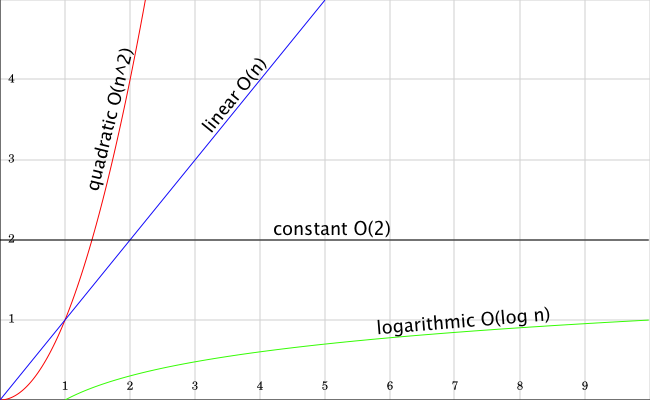Week 7: Is This What Confidence Feels Like?
Coming back from break was wonderful. I really missed this place and these people and I’m at a point now where I’m excited to walk in the front door of this space. I am really, truly a Software Engineer. I have been for a long time, but it took this place and these people to pull that knowledge out of myself. I started the week with giant hugfests of awesome. It was great to see everyone after two weeks. There was some unexpected lack of (and new growth of) facial hair and general fun stories about hijinks had during our time away. We all quickly felt the glory of being seniors and then were promptly blown away by how awesome the new batch of juniors are.
There wasn’t much time to chat though, juniors were starting their hell week and we were about to embark on a different sort of hell - Hiring Day Assessments. I was terrified. I’ve decided my brain just needs to have something to focus on being terrified about to function at all - I’m starting to wonder if losing my fear would also diminish my awesomeness. We had all day to finish our assessments and as I dove in my confidence built. I knew this stuff. I knew it from the times it had been drilled into my head and the moments when I was working on something alone and would need to Google a concept and those times at the lunch table with my peers discussing wild and crazy new concepts. It rocked to realize how awesome we all are now. Everyone can tell us we are awesome until their blue in the face, but it’s moments like that when it clicks for me.
The other moments it clicks for me is the new, terribly unfunny programming jokes we’ve all started making. It’s getting ridiculous.
After Monday’s stress, we quickly got our hands dirty in our code. Our first round of group projects wrapped this week. I worked with Sara and João to make a custom html5 video player plugin to vote on moments in videos and visualize the user data. Our project is called HeatVote. We’re still hacking on it in our “free time”, but its production cycle is officially over. There are a few previous posts on things I worked on for this project and I feel like I have a book more to write about the experience, but time is, as my faithful readers know, very short lately so I’m going to close this book for now.
Our next project period starts on Tuesday. I was fortunate enough to get a client project working with an awesome team to create mobile web apps at famo.us! I am very excited to dive into unfamiliar territory, learn, and help out a team of super talented people.





